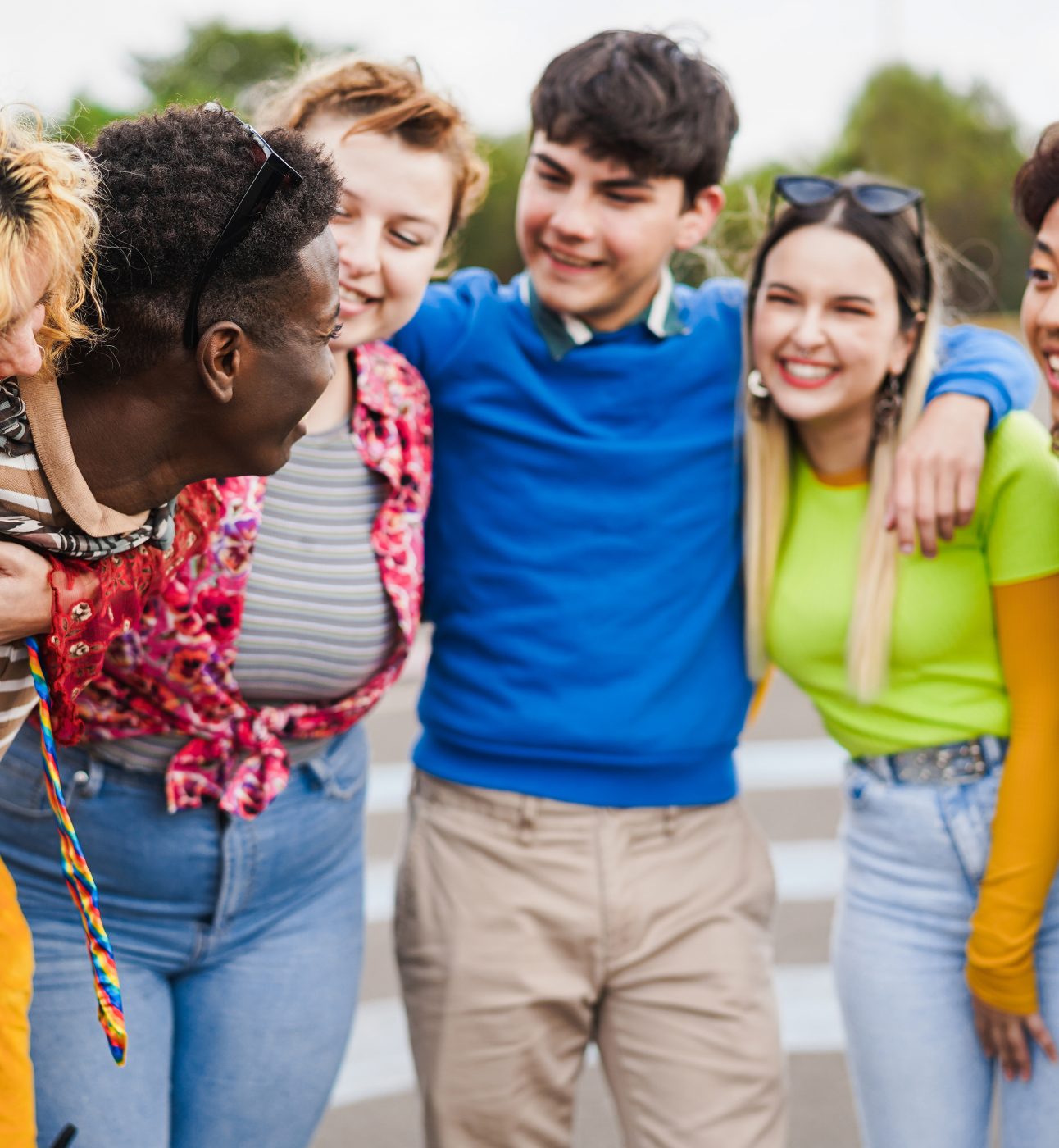
gender spectrum
a national organisation committed to the health and well-being of non-binary, trans+ and gender diverse children and teens.

The non-binary umbrella describes those whose gender identity falls outside of the traditional gender binary.
Some non-binary people identify as being trans, and some do not.

a national organisation committed to the health and well-being of non-binary, trans+ and gender diverse children and teens.
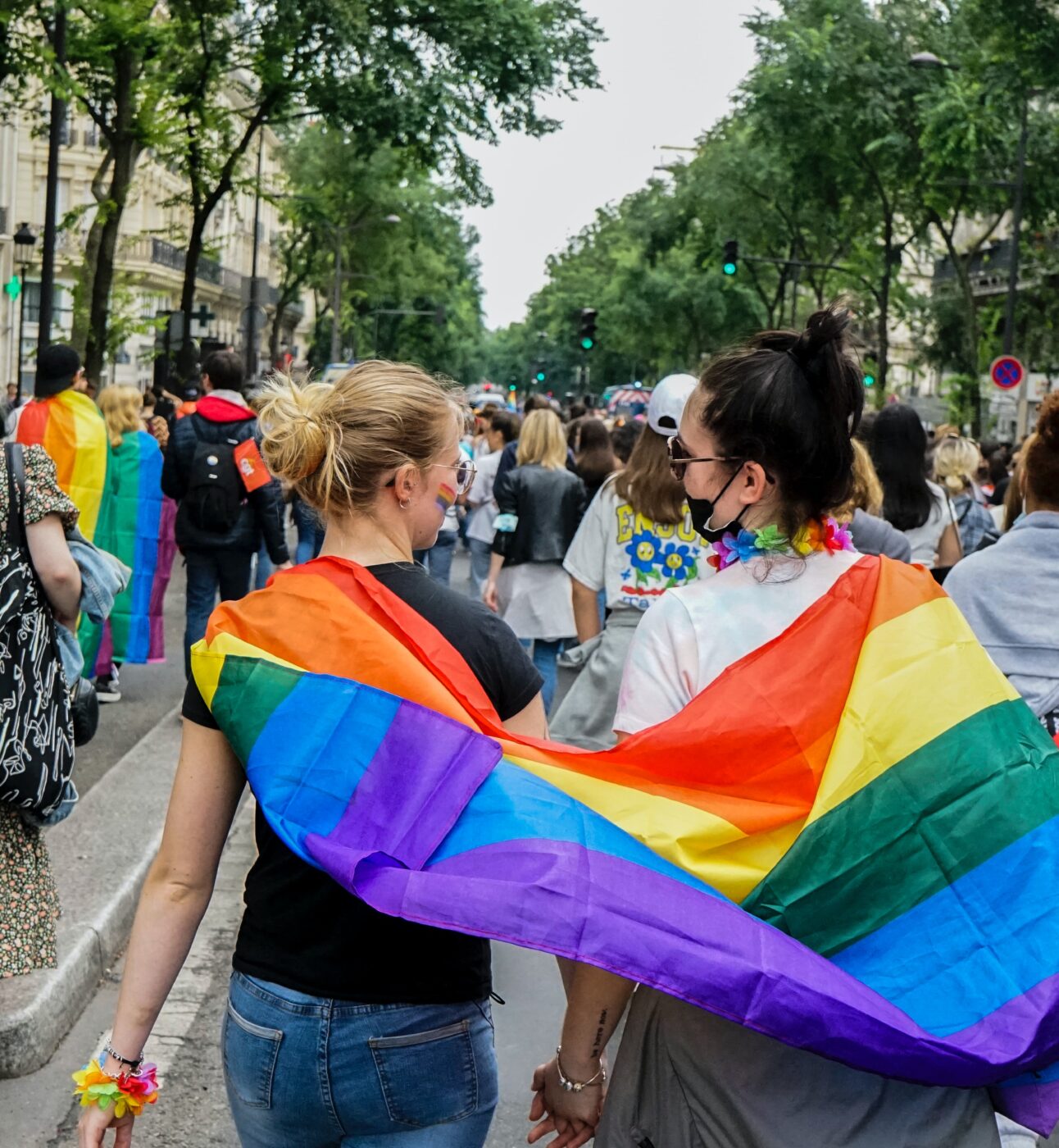
provide information & support to LGBTQ+ young people, including those who identify as non-binary, 24/7, all year round.
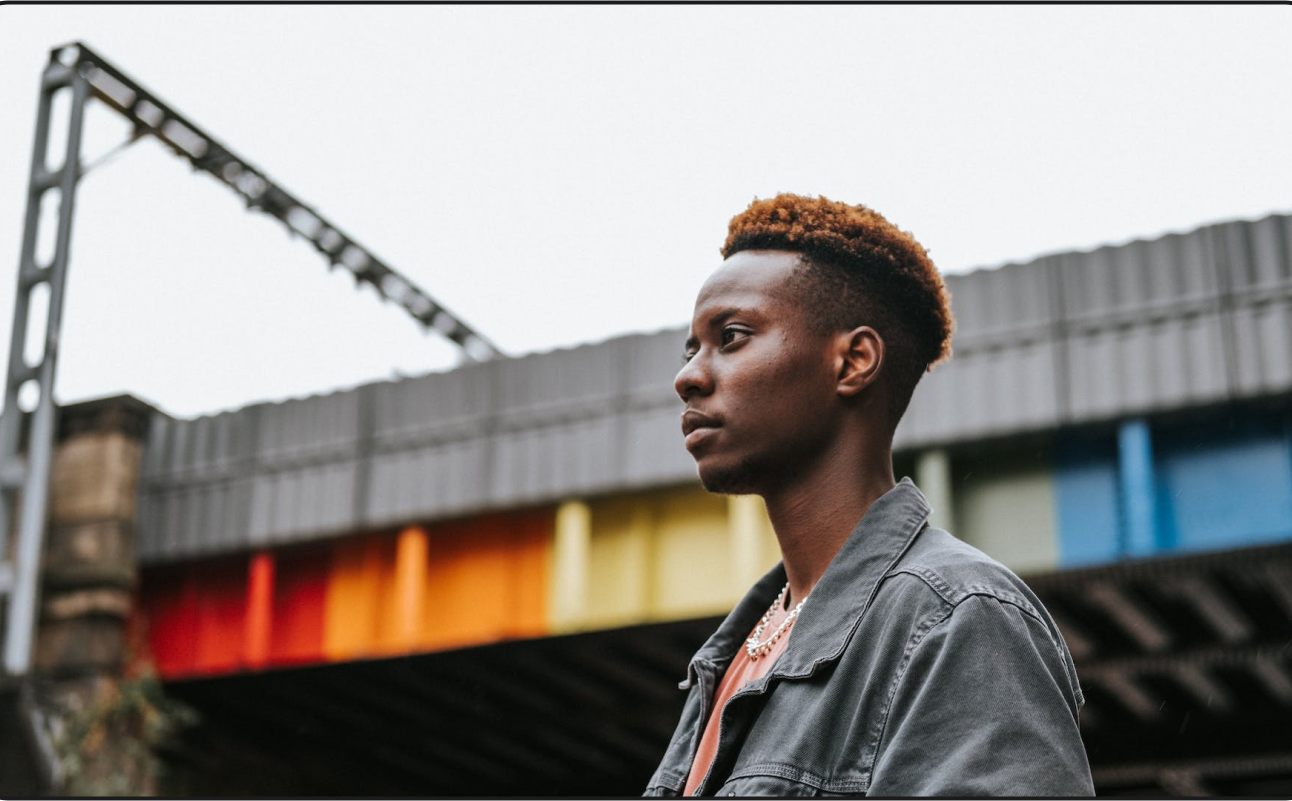
a charity that supports non-binary supporting trans and gender-diverse children, young people and their families.
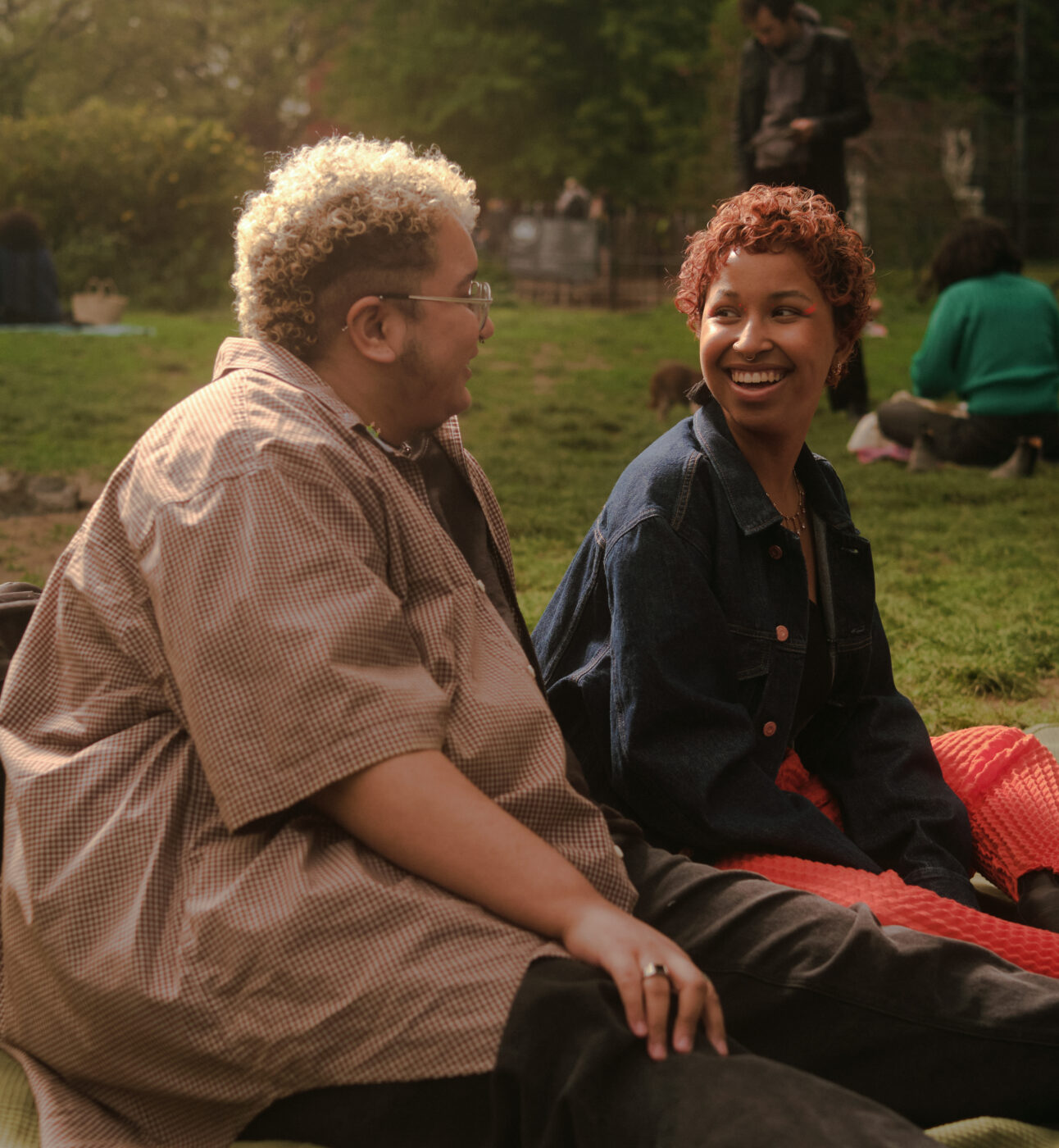
a platform that seeks to provide awareness, information and resources for those whose gender identity exists outside of the binary.
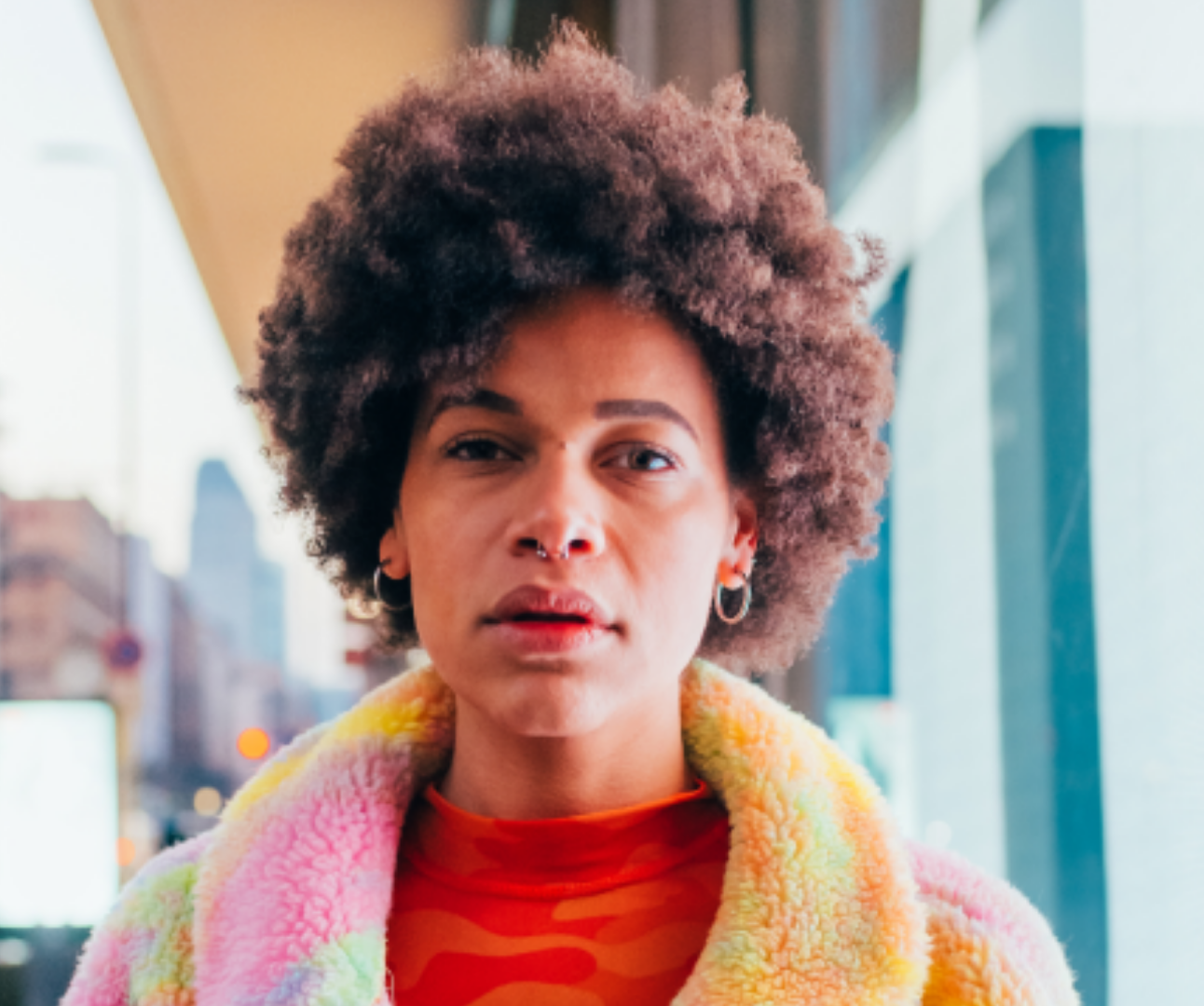
offer resources and information about non-binary, trans+ and gender diverse young people. They provide support guides for non-binary people in the work place, schools and healthcare system.
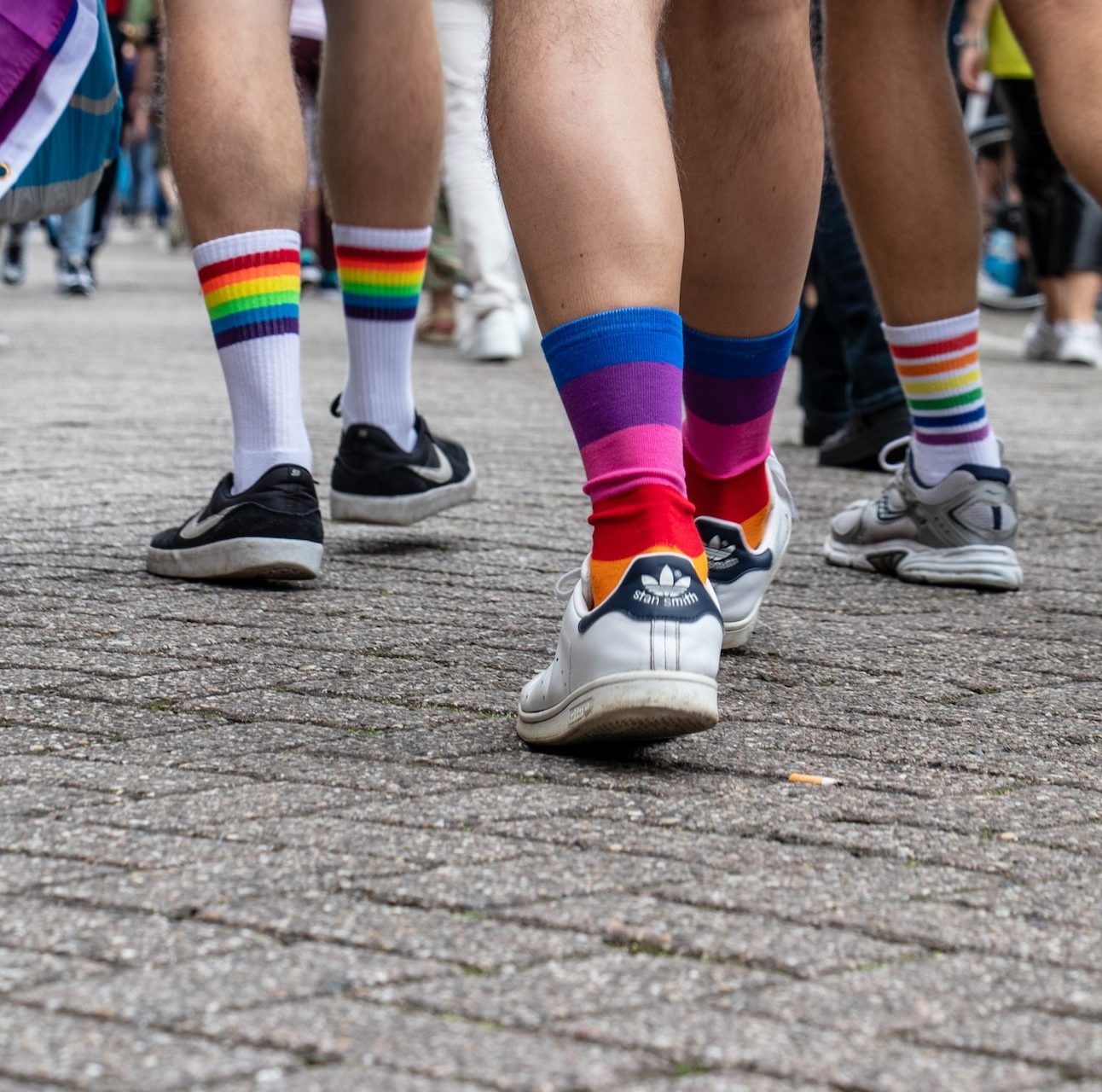
an organisation that has supported non-binary and trans+ young peoples's affirmation within their families, schools, and communities since 2013.

a national 24hr helpline that offers support to non-binary, trans+ and other gender diverse people and their families.
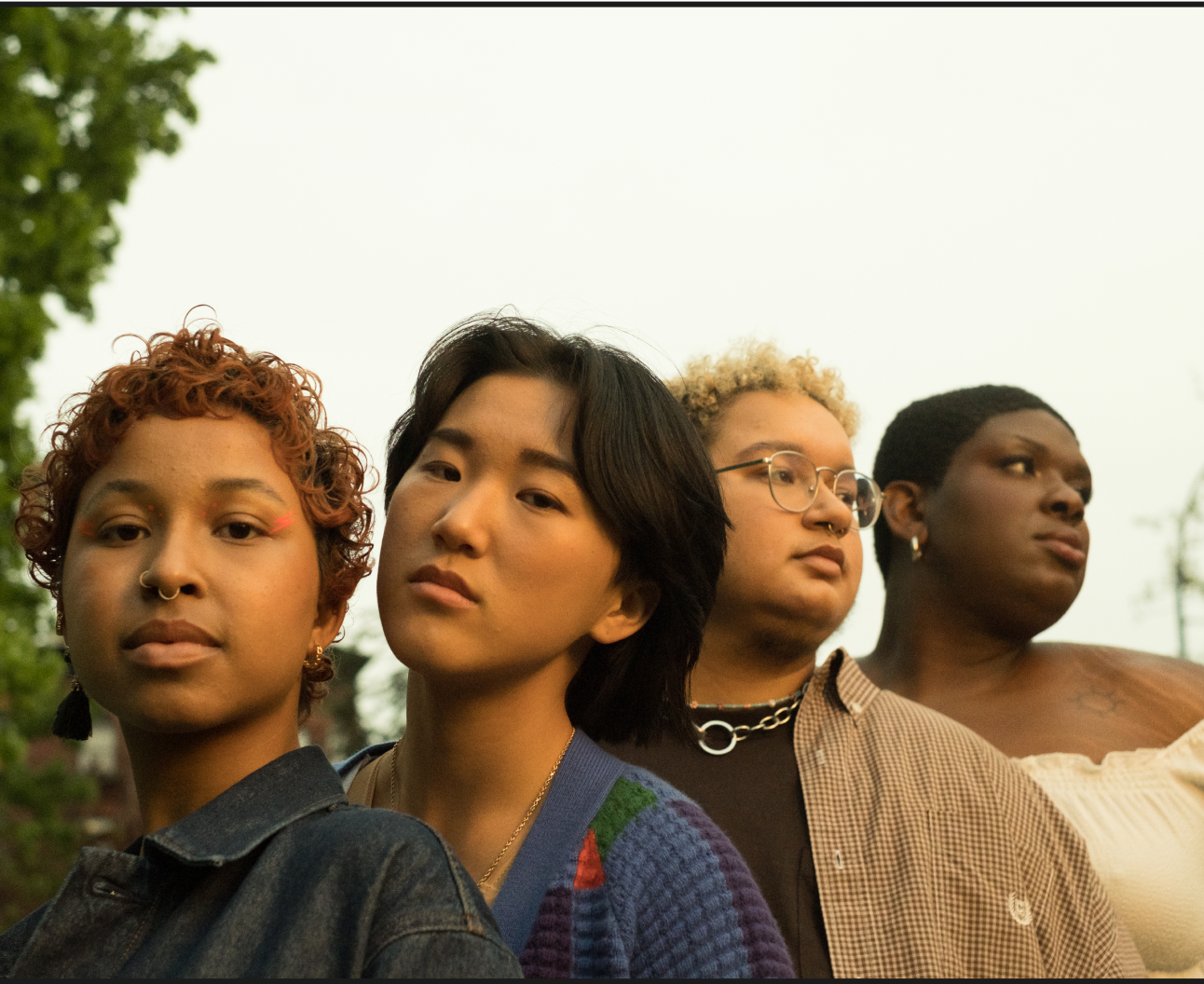
work with the non-binary and trans+ community, with a specific focus on supporting young people under the age of 21.

offer confidential, emotional, mental health support for people who identify as non-binary and/or trans+.

an advice helpline offering information, counselling and self help support groups for non-binary and trans+ people.

offer information, advice and support for non-binary, lesbian, gay, bisexual and trans+ young people under the age of 26. They can offer advice on range of issues including housing.
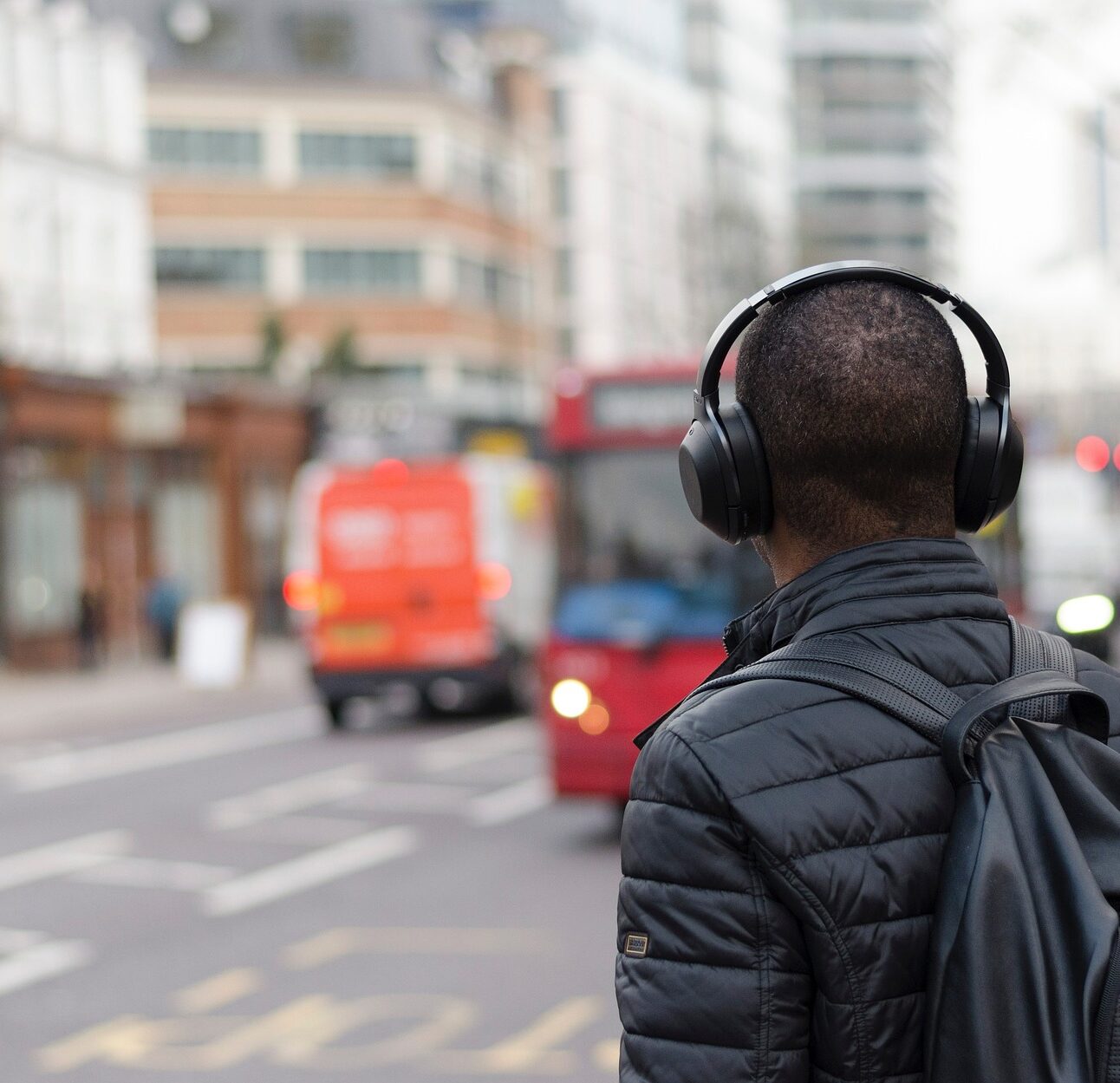
provide information, support and a referral service for lesbians, gay men and bisexual and trans people – and anyone considering issues around their sexuality and/or gender identity.
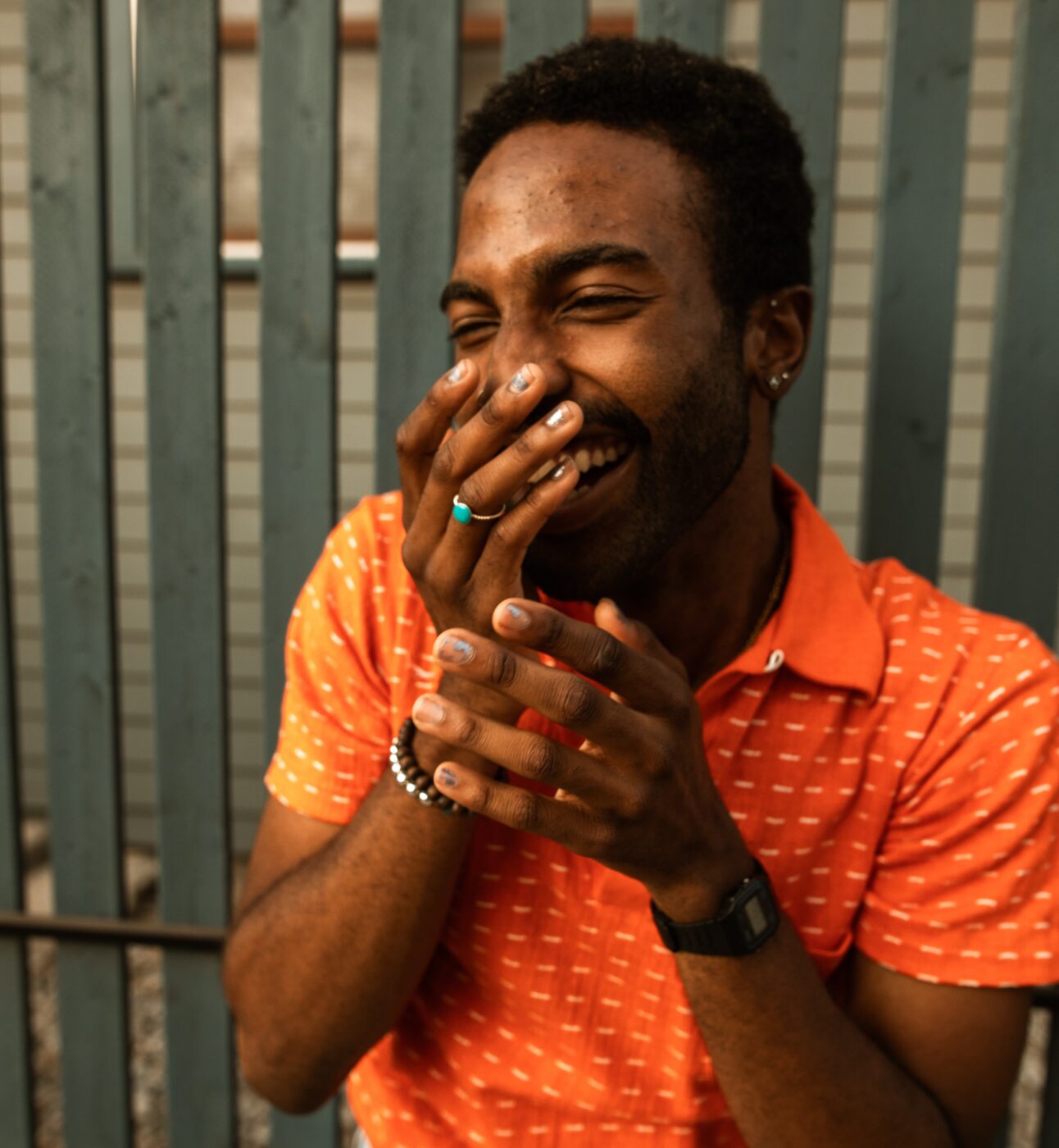
an NHS adult gender service pilot in Greater Manchester.

work with people who have a wide variety of needs related to their gender identity.
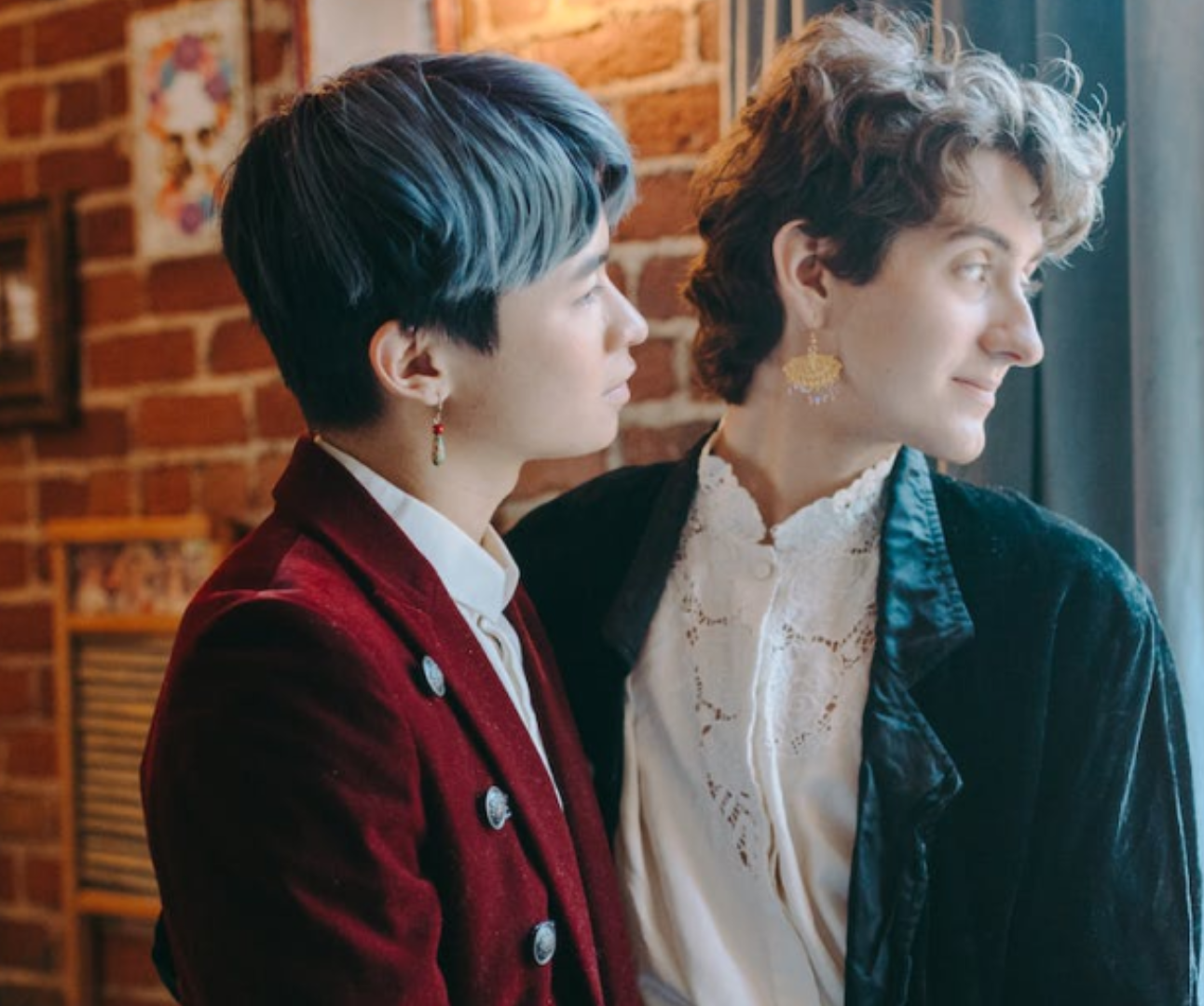
offer appointments either by telephone or face to face at the clinic.

a national gender identity clinic commissioned by NHS England based in the heart of Nottingham.

offers a comprehensive gender service available to young people who are uncomfortable or uncertain about their gender identity or expression.

a gender Identity clinic based in Edinburgh.